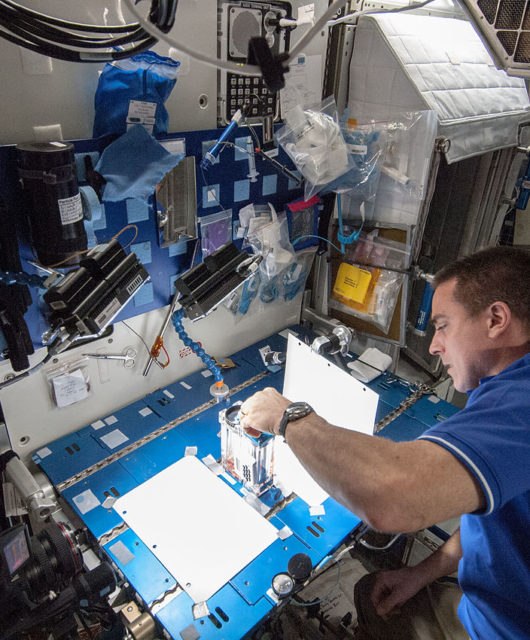Are Today’s Workplaces Becoming More Dangerous?

In many ways, technology has made our lives safer. We have the ability to automate dangerous tasks, use sensors to protect workers, and so much more. On the other hand, technology has also sped up the pace of our lives and made it easier to monitor workers, and that creates a tenuous situation.
Consider, for example, the complaints coming out of Amazon’s warehouses recently. Workers in these warehouses are injured at unusually high rates, and the company has attempted to skirt liability by providing shoddy, on-site medical care. And the cause of their injuries is technological at its heart; not only has the increased demand for two-day or same-day delivery sped up the pace of the shipping industry, while tracking technology keeps tabs on how quickly workers fulfill orders. It’s a recipe for disaster and such working conditions impact a growing number of workers.
Workplace Safety Basics
Workplace safety practices have a long history that can be traced back to early worker activism and the science of ergonomics, which studies how people can move both safely and efficiently, and in many cases the solutions are simple. Using appropriate trollies in warehouses can speed up work and take substantial physical strain off of workers. Other practices, like wearing hard hats at construction sites, inspecting temporary structures, and limiting how much workers can lift, all help to improve workplace safety.
Of course, with workplaces now more technically advanced, the causes of accidents are increasingly complicated. In Colorado, for example, 39% of workplace fatalities involve vehicles. These include crashes involving healthcare workers, truckers, and chauffeurs, as well as individuals whose work typically doesn’t involve driving and who are simply traveling to off-site meetings.
Safety And Accountability
Since employers have access to a growing set of tools to keep workers safe, they need to be held accountable on issues of worker safety. In many cases, this involves going through the workers’ compensation system, but in some cases, there are other pathways to a claim.
On a job site, not all construction workers are employed by the same company. When a construction worker is injured by someone other than their employer, they may be able to pursue personal injury claims.
As for new safety issues like those facing Amazon employees, warehouse workers may be able to use their employers’ refusal to pursue outside medical care as a means to claims. Generally speaking, employers have a responsibility to ensure workers are treated promptly, including calling 911 when appropriate. As some Amazon workers have reported, rather than calling 911, seriously injured workers have been sent to the hospital via rideshare to disassociate the warehouse from responsibility for the injuries.
Technology And Liability
Finally, employers should consider that their choice to use more technology to monitor workers could, in fact, increase their liability. Cameras and tracking devices could be used as evidence against employers, providing data that corroborates dangerous workplace practices. From data that suggests an assembly line may have been running too fast to footage showing a failure to provide proper safety equipment, lawyers have access to a growing body of evidence about what takes place inside the black box of the workplace. While employers may use it to push the limits of human performance, lawyers can use that same information to get justice for endangered workers.









